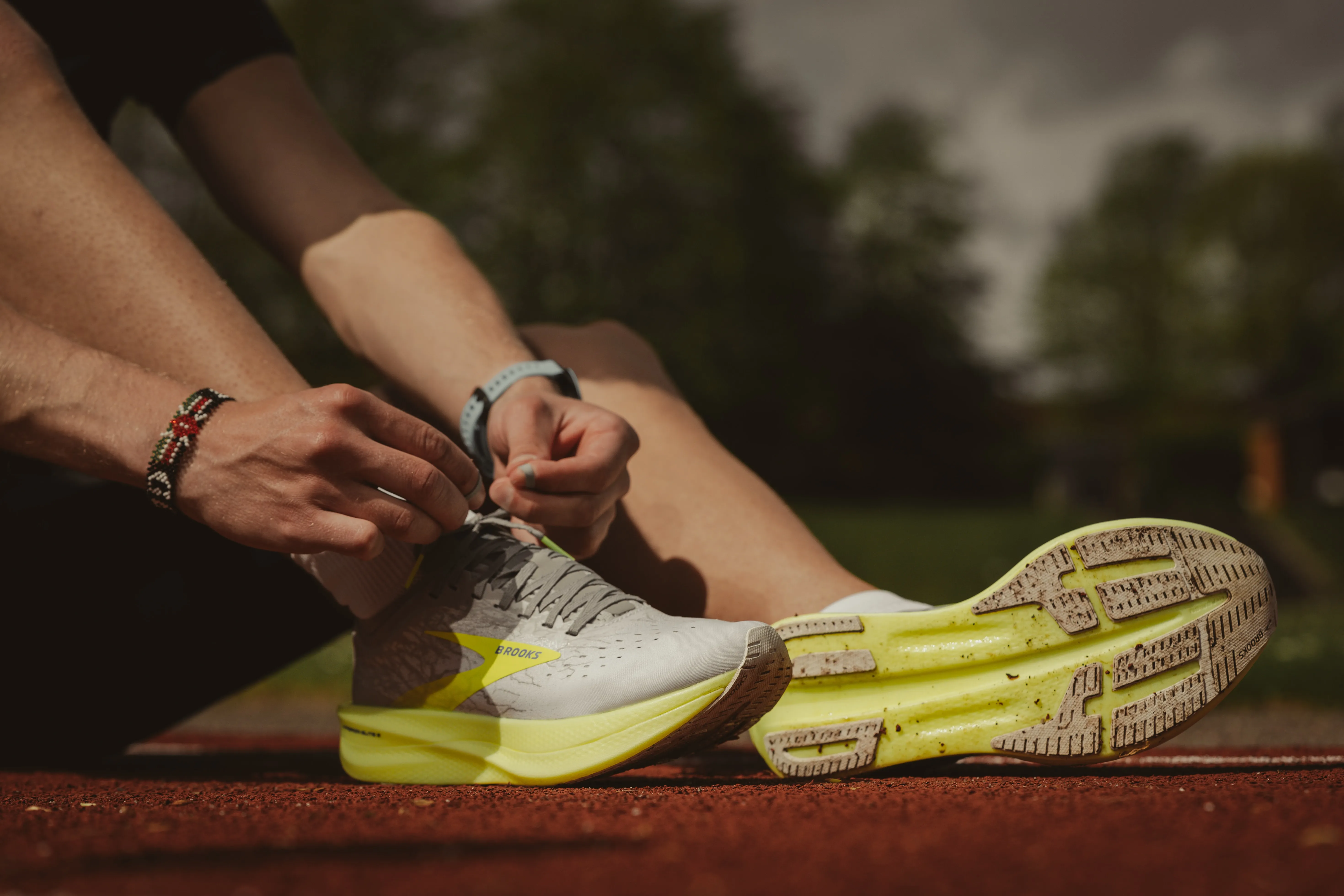
Have you ever felt a sharp sting or pulling sensation when running only to be followed by intense pain? If yes, you’ve likely pulled a muscle. Dealing with pulled muscles is a common, yet often mishandled scenario among runners. Understanding what a muscle pull is, what causes it, and how to treat and prevent it is crucial for any runner.
What Is a Pulled Muscle?
A pulled muscle, or a muscle strain, occurs when your muscle is overstretched or torn. This typically occurs as a result of fatigue, overuse, or improper use of a muscle.
Understanding the Signs
Pulled muscles don’t always make themselves obvious. Learn to listen to your body’s cues and recognize these common signs of a muscle pull:
- Sharp or sudden pain
- Swelling
- Limited range of movement
- Muscle weakness
- Bruising or discoloration

Muscle pulls can occur in any muscle, but they’re most common in the lower body, particularly in the hamstrings, quadriceps, and calf muscles.
Causes of Pulled Muscles
The root cause of a muscle pull is undue stress to an unprepared muscle. This could stem from:
- Lack of warm-up: Jumping into a heavy workout without adequately warming up is a major culprit behind muscle strains.
- Fatigue: As muscles tire, they are less able to absorb the stress and strain of running. This can lead to pulls and other injuries.
- Imbalance: Muscle imbalances, where one muscle group is stronger than another, can put you at risk. The stronger muscles can overexert the weaker ones, leading to a pull.
- Poor flexibility: Tight, inflexible muscles are more prone to pulling than well-stretched ones.
Treating a Pulled Muscle
If you pull a muscle while running, stop immediately. The RICE method—rest, ice, compression, and elevation—is a tried and true approach to treating muscle pulls:
- Rest: Take a break from training to provide your muscle with a chance to recover.
- Ice: Apply an ice pack to the injured area for 15-20 minutes every 2-3 hours for the first day or two.
- Compression: Compression bandages can help reduce swelling and provide support.
- Elevation: Raising the injured limb can also help to control swelling.
If the pain doesn’t subside within a few days, or if the injury is severe (for instance, you heard a popping sound or you can’t move the muscle), seek medical attention.
Preventing a Pull
As with most running injuries, the best cure is prevention. Use these practices to keep muscle pulls at bay:
- Warm up: Start every run with a gentle warm-up to prep your muscles for the work to come.
- Stretch: Regular and routine stretching can immensely help your flexibility, thereby reducing the risk of muscle strain.
- Strengthen: Include strength training in your routine to create balance among your muscle groups.
- Listen to your body: Rest at the first sign of muscle fatigue or pain.

Dealing with pulled muscles doesn’t have to be an ongoing hazard. With the right awareness and preventative care, you can keep your runs injury-free. Your muscles power your run—take good care of them.




